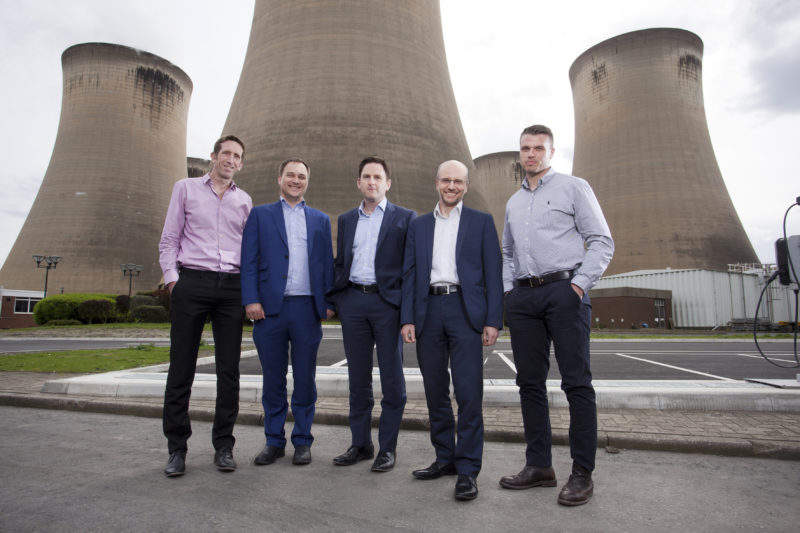
Drax power station has announced a £400,000 pilot scheme to capture its biomass emissions, in a bid to make the electricity it produces carbon negative.
The Yorkshire-based facility, which is the largest power station in the UK, will collect the carbon dioxide emissions produced from burning wood pellets through the use of ‘new chemistry’. This will consist of bioenergy carbon capture storage (BECCS), which is believed to be the first project of its type in Europe.

Discover B2B Marketing That Performs
Combine business intelligence and editorial excellence to reach engaged professionals across 36 leading media platforms.
The project seeks to harness the same technology used to capture coal emissions, applying it instead to the wood pellets the station burns, which it has used since 2013. The emitted gases will be mixed with a solvent that collects CO2, with the combination then stored and thus prevented from entering the atmosphere.
If successful, Drax has said the pilot could achieve the ‘holy grail’ of power generation.
BECCS technology enables the removal of harmful gases produced when electricity is generated, which if successful on a commercial-scale means the power generation industry would no longer be a contributor to climate change, but would instead help to actively reduce carbon in the atmosphere.
“If the world is to achieve the targets agreed in Paris and pursue a cleaner future, negative emissions are a must – and BECCS is a leading technology to help achieve it,” Drax CEO Will Gardiner said

US Tariffs are shifting - will you react or anticipate?
Don’t let policy changes catch you off guard. Stay proactive with real-time data and expert analysis.
By GlobalData“We will soon have four operational biomass units, which provide us with a great opportunity to test different technologies that could allow Drax, the country and the world, to deliver negative emissions and start to reduce the amount of carbon dioxide in the atmosphere.”
The scheme will see the station’s collaboration with energy firm C-Capture, a spin-out of the University of Leeds Chemistry department.
“We have developed fundamentally new chemistry to capture CO2 and have shown that it should be suitable for capturing the carbon produced from bioenergy processes,” C-Capture founder Chris Rayner said.
The initial phase of the project, due to begin this month, will examine whether a solvent created by C-Capture is compatible with the biomass flue gas from Drax power station. If successful, the second phase will begin later in the year when a demonstration unit will be installed to isolate the CO2 produced by the biomass combustion.
The UK Government’s Clean Growth Strategy previously labelled BECCS a viable greenhouse gas removal technology that could help achieve its long-term aims of decarbonisation.
Additionally, a 2016 report from the Energy Technology Institute estimated that by the 2050s, BECCS could deliver around 55 million tonnes of net negative emissions in the UK per year. This figure makes up around half of the nation’s emissions target.





